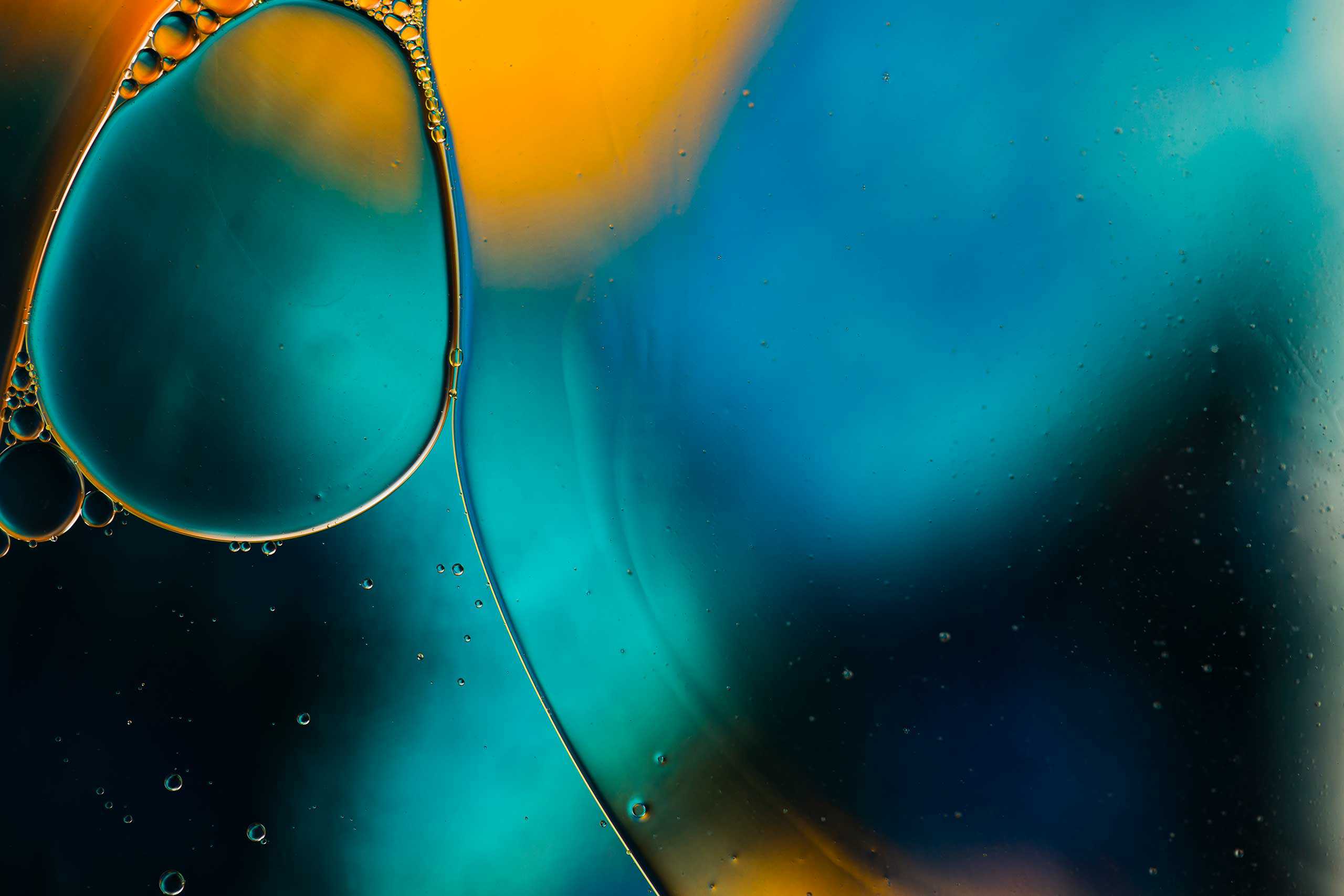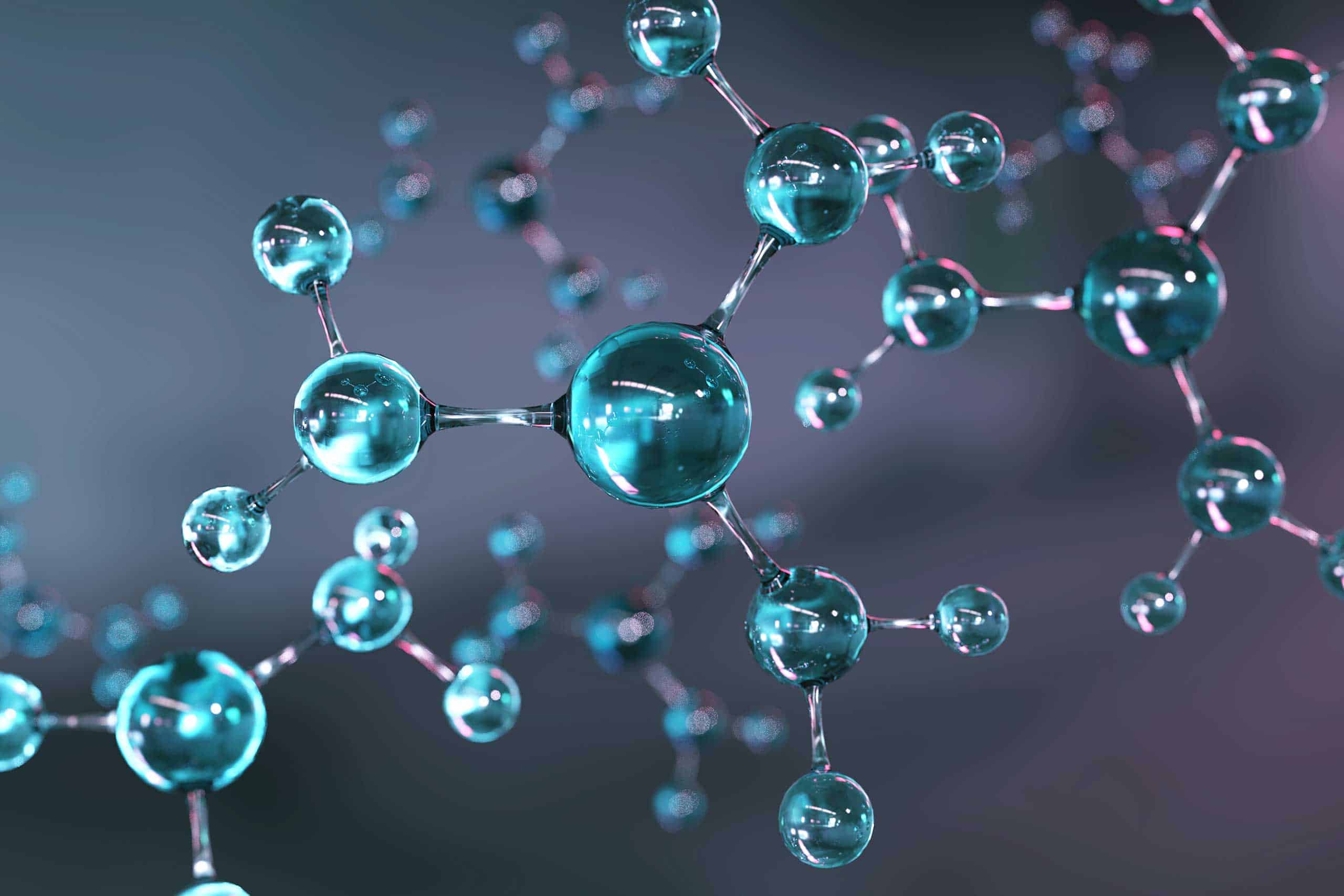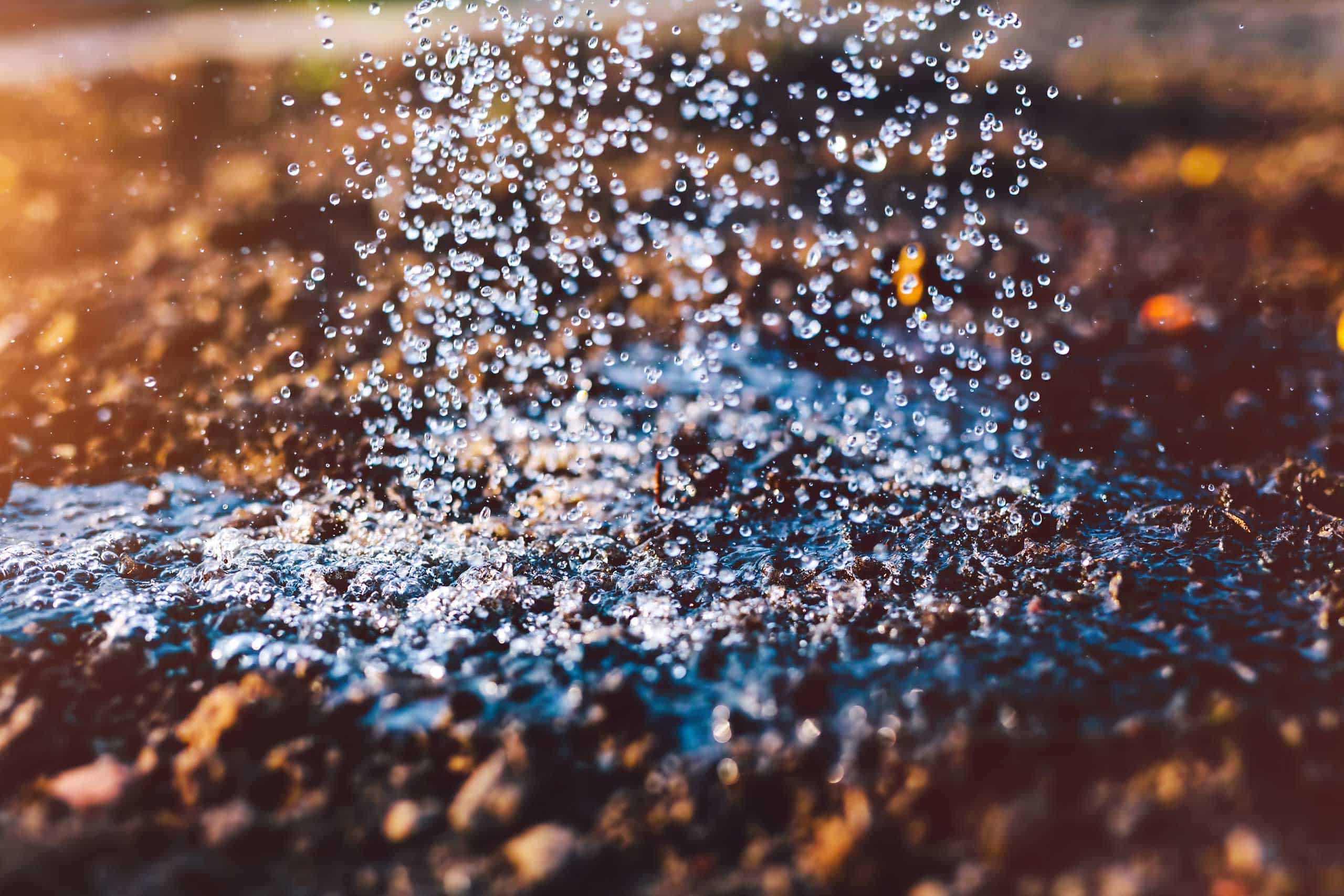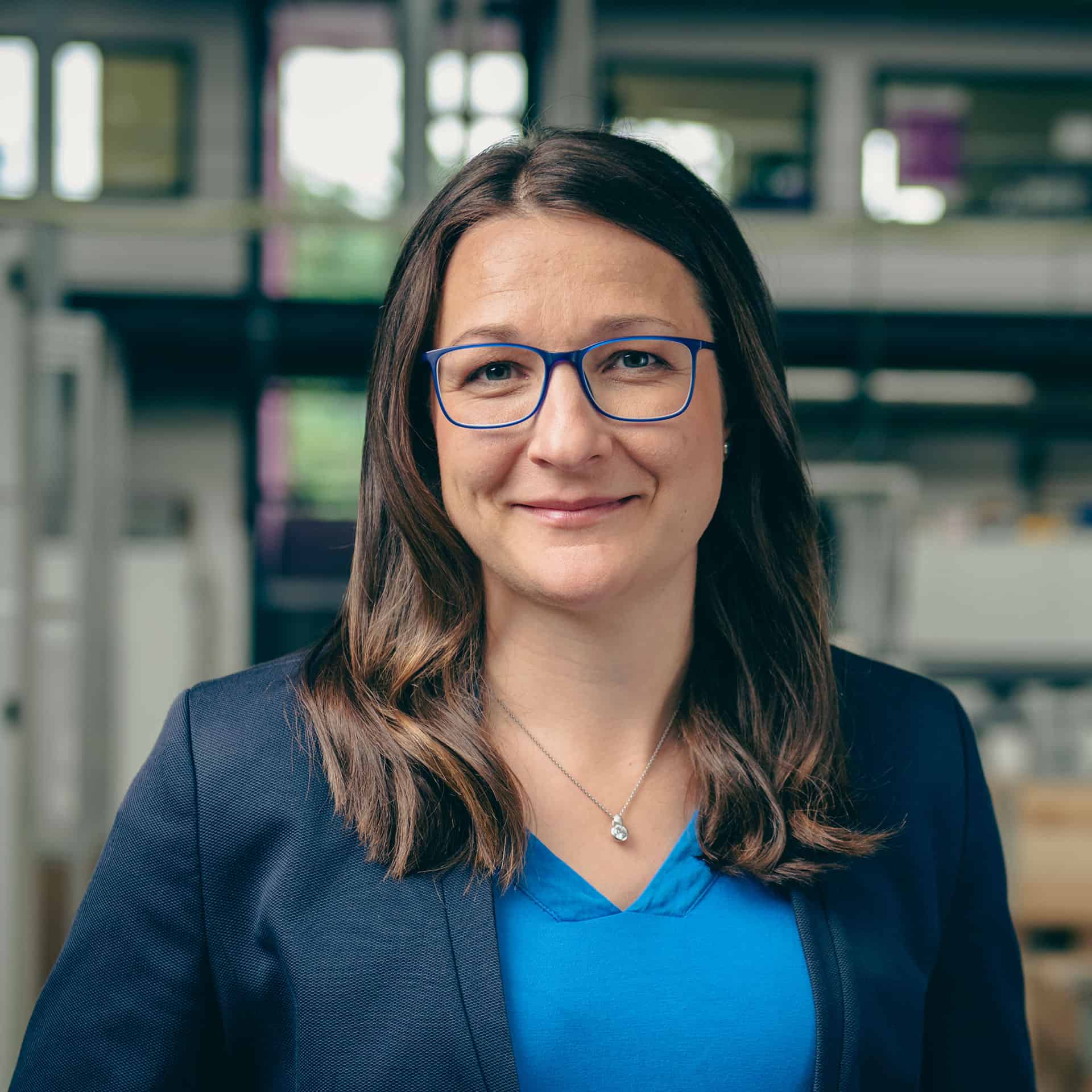Harmful Substances in Wastewater and Limits
The types of industrial wastewater are manifold. Their composition and degree of contamination need to be approached on a case-by-case basis. Moreover, ongoing industrial and societal developments continuously bring new challenges for DAS Environmental Experts to address when conducting selling projects.
The definition of harmful substances and their respective environmental limits and regulations are set by local authorities as well as national and international political organizations.
Harmful substances can be categorized into chemical and physical pollutants and biological contaminants. Chemical and physical pollutants include heavy metals (chrome, zinc and nickel), organic particles (hair, food scraps and paper fibers), gasses and medicinal products, and hormones from pharmaceutical products. Biological contaminants include bacteria, viruses, protozoa and parasites.
Types of Wastewater Pollutants
Biologically Degradable Pollutants
Organic pollutants originate in the food-and-beverage industries as well as in agriculture. In these areas, wastewater technology needs to treat dissolved sugar, proteins and fats, and the residue of animal feces.
Another challenge is when organic wastewater contents such as ammonium, nitrate and dissolved carbon compounds (such as isopropyl alcohol) need to be treated. Water-soluble nitrogen and sulfur compounds, sulphates and chlorides, as they typically occur in landfill leachate (among others), can also be degraded biologically.
In the paper industry, along with fiber residue, typical pollutants are de-inking chemicals, bleaching agents, process chemicals and additives. Difficult to degrade substances and tensides in the cosmetics industry are also challenging.


Chemically and Physically Degradable Pollutants
There is a wide spectrum of applications to chemically and physically degradablepollutants. One application is the separation of fine particles or driblets from fluids using micro-bubbles to separate oils, fats, and finely suspended solids from wastewaters. This process is typically used in the cosmetic industry, where tensides, colorants, oils and emulsions are among common pollutants. The separation of solids (via ultra-filtration, micro-filtration) or of ions (nano-filtration, reverse osmosis) is another important task in wastewater treatment.
Mechanically Separable Pollutants
Typically, the treatment of wastewaters starts with the drainage of sludge and/or with the separation of solid substances from fluids. Solid substances comprise inorganic and organic suspended particles, sands and dusts. In particular, they also include unwelcome foreign substances specific to the wastewater’s formation.
Typical examples of foreign and harmful substances in communal wastewaters are nappies, hair, and wet wipes. In industrial wastewaters paper labels, straw or sawdust and wood shavings, and production residues such as potato peels, peel wastes and textile fibers are among the pollutants that can be separated mechanically.

Weitere industriespezifische Aufgaben können sein:
- Precipitation of heavy metals
- Reduction of heavy metal ions
- Fluoride precipitation
- Sulphate and phosphate precipitation
- Hydroxide precipitation
- Oxidation of trivalent arsenide into pentavalent arsenate with subsequent filtration or precipitation
- Application of doped activated carbon for arsenic and heavy metal removal
- Activated carbon for the removal of polar organic substances (Absorbable Organically Bound Halogens AOX and others) or anthropogenic micro-pollutants

Your contact person on the subject of wastewater pollutants and limit values
Dr.-Ing. Anita Haupt
Director Process Design Water Treatment